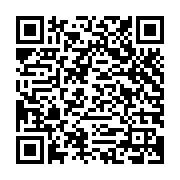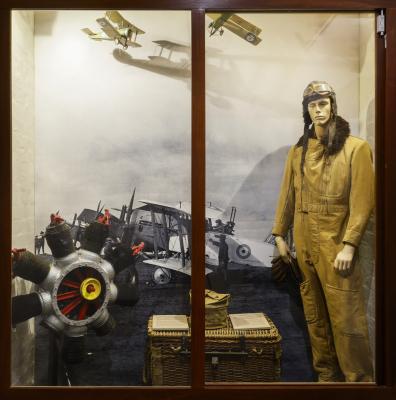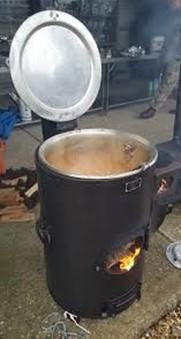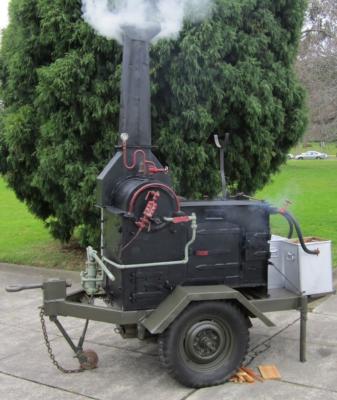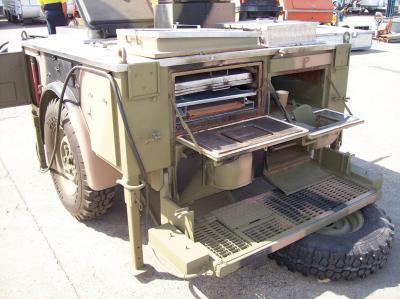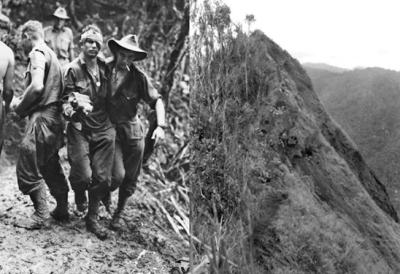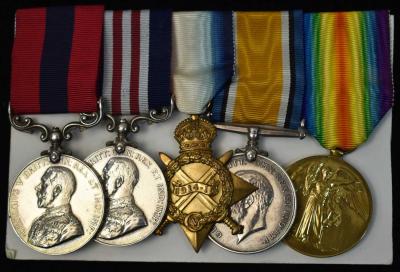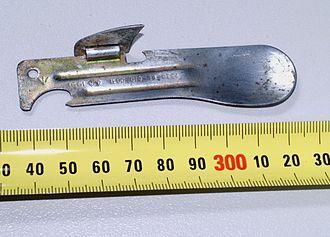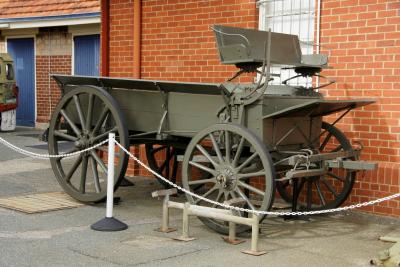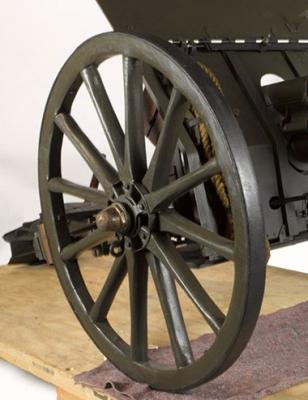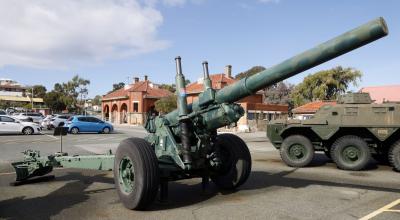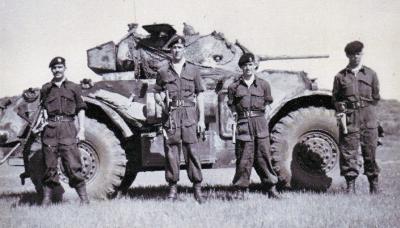Regimental and Corps Stable Belts
The stable belt is a woven striped coloured belt worn at times by the armed forces of the United Kingdom and other Commonwealth countries including Australia and a few other countries such as Denmark, Brazil and Lebanon. The stripes identify and vary by regiment and corps.
The term "stable belt" originates from the practice of UK cavalrymen placing the surcingle around the waist when cleaning the stables and tending to their horses. In the 1950s, stable belts spread to all branches of the armed forces, adding a splash of colour and individuality to the drab khaki working uniforms. Initially they were resisted by many senior officers, who saw them as too individualistic, but they soon became accepted throughout the UK forces. A number of Commonwealth countries, including Australia followed suit. General use in the Australian Army was discontinued in 1995 (although one suspects pockets of recidivist wearers can still be found).
Details
Details
In spite of their relatively recent use and demise, the wearing of woven belts similar in pattern to the post-1950s belts, appears to be a much longer tradition. The Army Museum collection has both in artefacts and photographs, examples of stable belts being worn by local units at the time of Federation. This evidence provides an historical context for the collection of stable belts currently on display in the Traditions Gallery. This display sits within an array of lanyards, shoulder flashes, cummerbunds, ties, coloured head gear and plaques, emblematic of our strongly held regimental and corps traditions and distinctions.
Australian Army Museum of Western Australia
Australian Army Museum of Western Australia
More items like this
Other items from Australian Army Museum of Western Australia
- World War 1, Mannequin Display, SIDCOT Pattern Flying Suit
- Soyer Portable Army Catering Stove
- Wiles Mobile Junior Steam Cooker World War 2
- Motorised Submersible Canoe "Sleeping Beauty"
- Kitchen Field Mobile (KFM)
- Distinguished Conduct Medal - WX14757 Corporal Merv Hall, 2/16 Battalion
- Medal Group including Distinguished Conduct Medal and Military Medal 3400 Sergeant John Alexander SPENCE, 12 Battalion AIF and 52 Battalion AIF
- Food Ration Eating Device (FRED)
- General Service Wagon World War 1
- Artillery Pattern Wheel
- 5.5 Inch Gun
- Post 1945, Perth Staghound Armoured Car, 10 Light Horse
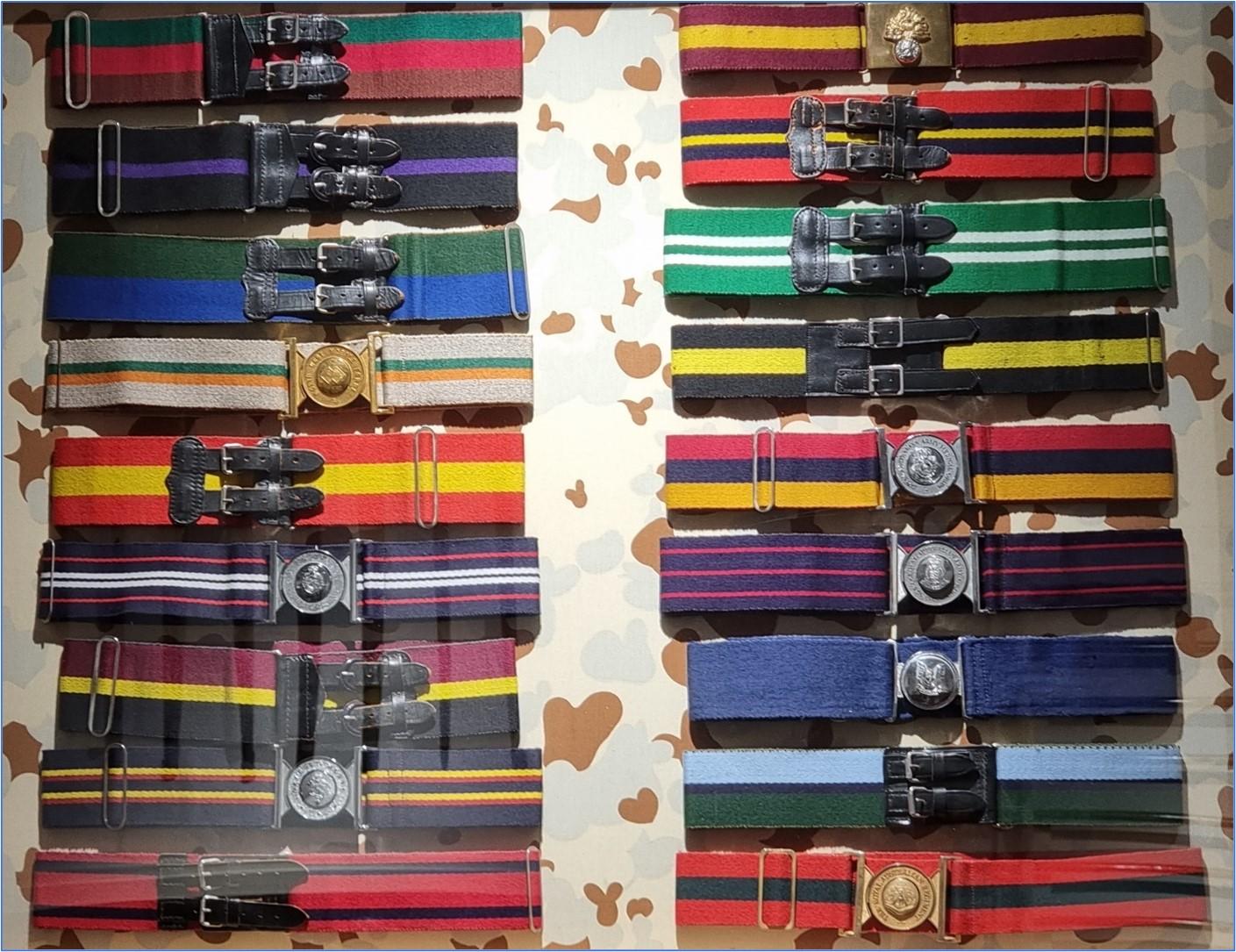
Scan this QR code to open this page on your phone ->
